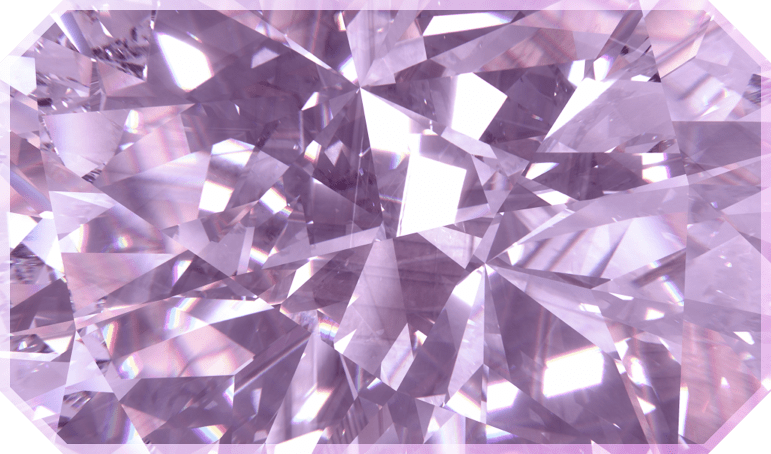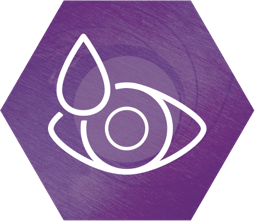We Can Help You Adjust to Changes in
Your Vision
Low vision is a condition that describes when your vision is reduced to a point where glasses, contact lenses, or surgery can no longer help correct it. The World Health Organization classifies severe low vision as when vision with the best possible eyeglass prescription is 20/200 or worse.
Although it may take some lifestyle adjustments and support from your loved ones, most individuals with low vision continue to lead fulfilling and engaging lives. At Optical Illusions: An Optometric Practice, we’ll work with you to develop a plan that helps you live comfortably.

What Causes
Low Vision?

Low vision can be caused and progressed by different health-related issues and various eye diseases.
Age-Related Macular Degeneration
Age-related macular degeneration, or AMD, is a degenerative condition that affects the retina. The retina is the light-sensitive lining at the back of the eye where light focuses to create the images we see. With AMD, the central-most part of the retina, called the macula, begins to deteriorate and cause blurred vision.
AMD can progress to a point where central vision is completely blocked, making it the leading cause of severe vision loss in people over 50.
Glaucoma
Glaucoma affects the optic nerve, which carries information from the visual system to the brain, and is often asymptomatic until vision loss begins to occur. The most common type of glaucoma occurs when the eye’s fluid cannot drain properly, causing internal eye pressure to rise. The elevated intraocular pressure puts stress on the optic nerve and subsequently damages it.
If diagnosed and treated early, vision loss related to glaucoma can often be minimized. However, if the condition is allowed to progress, severe vision loss can occur.
Diabetic Retinopathy
Uncontrolled diabetes can lead to various changes to the eye including cataracts and diabetic retinopathy. Diabetic Retinopathy is quantified by the amount of microaneurysms, dot/blot hemorrhages, cotton wool spots, exudates, and macular edema in the retina. There are five stages, starting from mild, moderate, severe, very severe, and proliferative diabetic retinopathy as the end stage.
Blood sugar control, medication compliance, and regular visits with primary care physician are the best ways to prevent the occurrence of diabetic retinopathy.
Retinal Detachment
Retinal detachment is a sight threatening condition with an incidence of approximately 1 in 10000.
Risk Factors for Retinal detachment:
- Retinal Detachment
- Lattice degeneration
- Peripheral retinal breaks
- Pathologic myopia
- Previous intraocular surgery
- Trauma
- Previous retinal detachment
- Family history
Patients with known risk factors for retinal detachment should have dilated fundus examinations yearly. Protective eyewear is recommended for individuals with high myopia that participate in contact sports.


Learning to Live with Low Vision
There are several different types of low vision. These include:
- Loss of central vision
- Loss of peripheral (side) vision
- Blurred vision
- Reduced contrast sensitivity
- Glare light sensitivity
- Night blindness
Our doctors at Optical Illusions: An Optometric Practice are trained in low-vision rehabilitation. We can help examine your situation and provide a therapeutic approach to regain control of your life.
Visual rehabilitation programs are designed to maximize visual functioning so you can improve the overall quality of your life. Typically, programs may involve prescription glasses or contact lenses, magnification devices, assistive technology, and many other helpful tools. We may also refer you to additional specialists to assist with other parts of your life that may be affected by the progression of low vision.
The team at Optical Illusions: An Optometric Practice is committed to helping you persevere through low vision and maintain your independence through various lifestyle adjustments. If you have any questions or concerns, please don’t hesitate to contact us—we’re happy to help.
Our Locations

Complete
Family Eye Exams

An eye exam is an essential part of preventive health care. At Optical Illusions: An Optometric Practice, we invest in industry-leading diagnostic technology that gives us an unprecedented view of your eye health and vision.
With this technology, we can provide truly personalized and comprehensive eye care to patients of all ages.
Access high-quality eye care from a team that genuinely cares.



Our Brands







Our Reviews




















